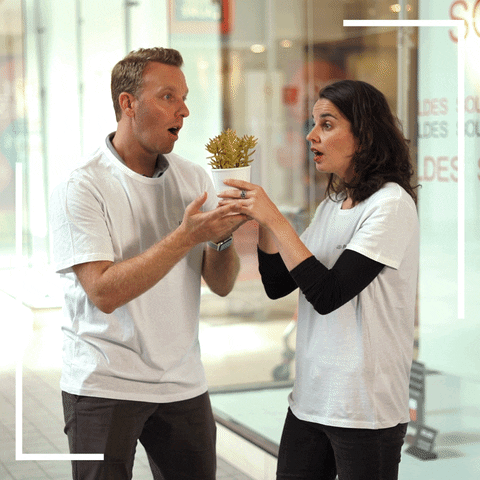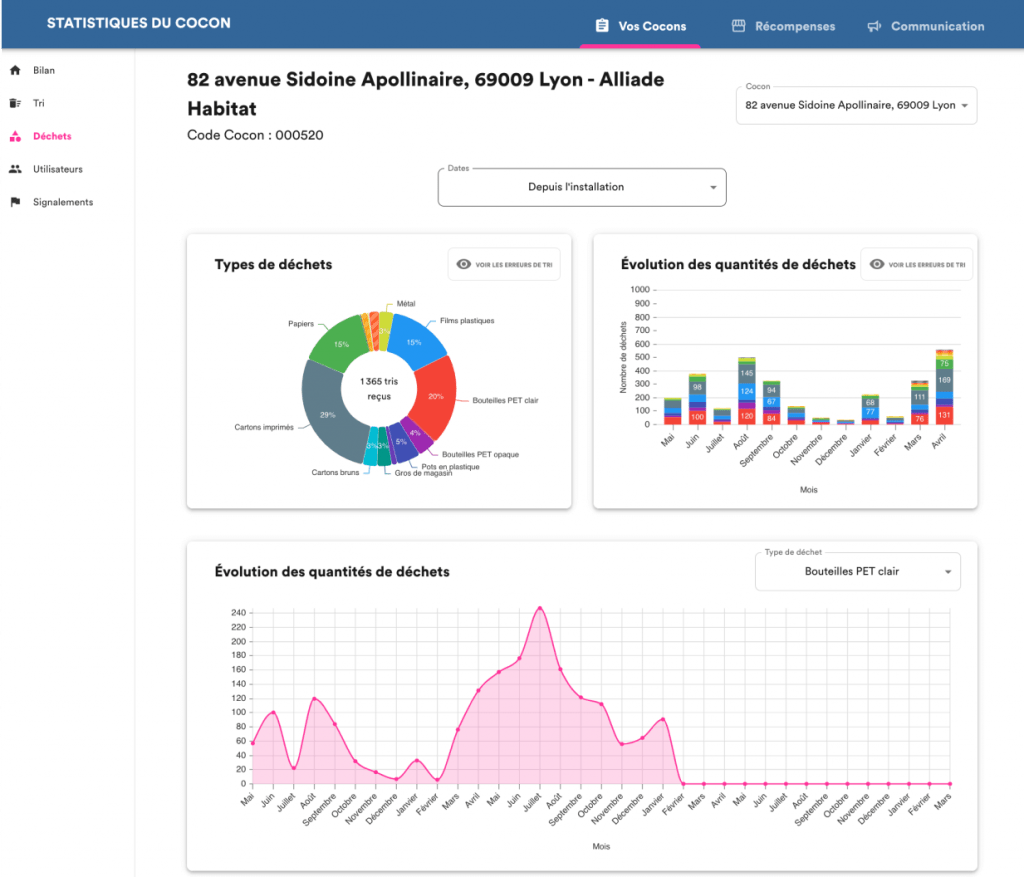But why do it? ... Honestly, no idea! The goal is to sell according to the market trend. However, be careful with the brand when the consumer realizes that it is indeed greenwashing, that it is snake oil as they say.
7 ways to recognize greenwashing:
- Hidden compromise: or the lack of data. When an organization, whether it is a brand, a government or a company, only talks about one “sustainable” aspect of their actions, you have to be careful! Most of the time, there are significant environmental problems that they can cause. For example, when a brand tells you about an electronic device with low energy consumption, but forgets to specify that it is made with materials that are dangerous for the planet, it smells bad!
- Lack of evidence: These are claims that cannot be verified. For example, textiles made from plastics collected in the Mediterranean may be true, but we have no proof of this. We are also fans of pretty phrases, but they are even more beautiful when they are accompanied by figures and proof of these processes!
- Vagueness: poorly explained or very broad concepts that lead to confusion. As mercury is "natural", yes, but it is not necessarily good for health.
- Fake labels: certifications that don't exist. We think of the "Cruelty Free" label. Very often, brands draw rabbits in their packaging to make us believe that they do not test on animals. However, most continue to do so. Fortunately, associations like Cosmebio makes comparisons of this type of labels. (At the end of the article, you will find a very practical tool to find even more labels).
- Irrelevance: These are cases where real information is given, but is not relevant. For example, the fact that an aerosol does not contain CFCs (one of the contributors to the greenhouse effect) is irrelevant, because its use is prohibited. It is like a person bragging about picking up his dog Taco's poop in the park, when it is his obligation to do so!
- The lesser evil: this is the rule of “least bad”. Biodegradable products or products made with recycled plastic are a clear example. They distract us from the real problem of disposable products.
- Lying: There's no real need to explain it, right? Some organizations communicate about actions that weren't carried out and environmental policies that are completely false.
What is the difference with green marketing?
However, it is necessary to clarify the difference between greenwashing and green marketing. The latter promotes services and products that are truly based on environmental factors and interests. The difference? The facts. Brands that do green marketing have a profitable marketing mix (product, price, distribution policy and promotion) with low environmental impacts.
Here are some examples of green marketing:
- Patagonia, which has implemented truly eco-responsible practices. Beyond advertisements with green everywhere, they show with figures how they create clothes with a lower environmental impact.
- Zeta. They have transparent communication focused on facts and showing their processes. Very accurate as an example of this type of marketing. Again, there is no green, but facts.
How to avoid greenwashing?
We love labels! Soon the label “With … it’s not done!”, who knows? ADEME proposes a list with almost 100 labels depending on the type of product you choose!
There will inevitably be more detailed information taking into account areas such as energy, greenhouse gas emissions, working conditions, water and air quality, among others. But the fact that a brand offers products or services that are truly committed to the environment on the one hand does not mean that it does not cause environmental disasters on the other. “it's all about truth”, so do not hesitate to find out about brands before buying their products.
Do you know other brands that do green marketing? Tell us!
Don't hesitate to read our latest articles here.
Follow us on our social networks and join the fichamif!



